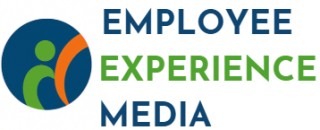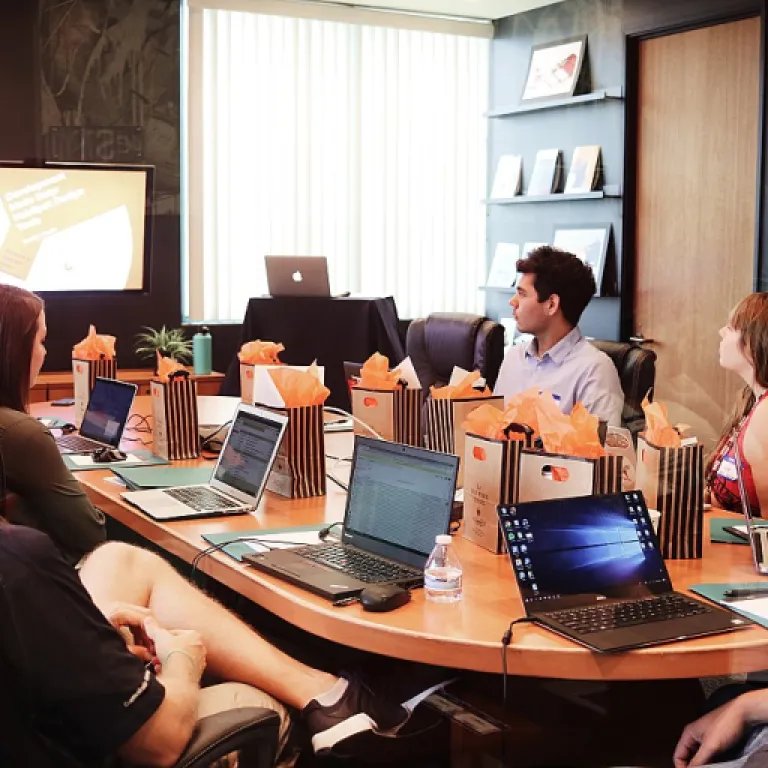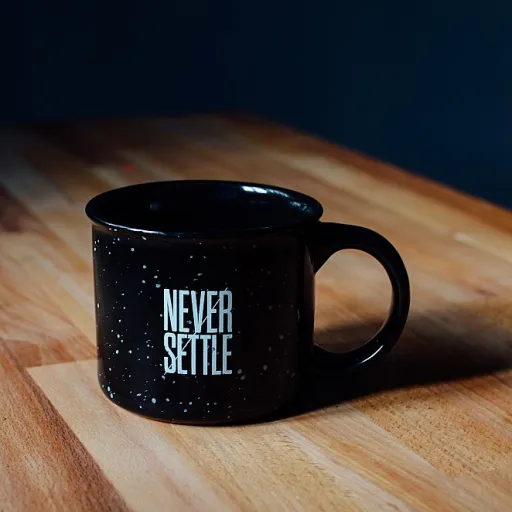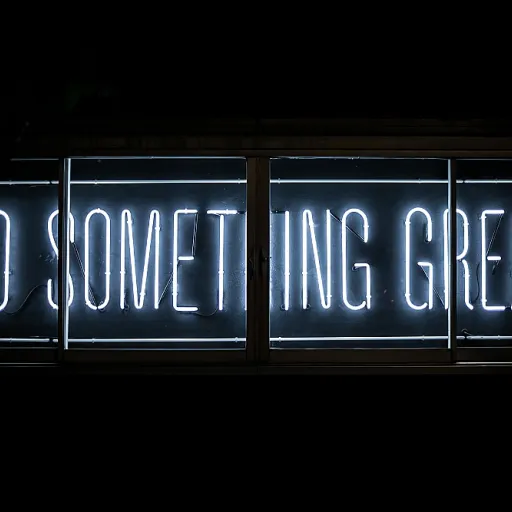
Understanding the connection between brand elevation and employee experience
Why Employee Experience Matters for Brand Growth
Employee experience is more than just a buzzword. It is a strategic lever that directly influences brand development, customer satisfaction, and overall business growth. When teams feel valued and engaged, their motivation translates into better service, innovation, and ultimately, a stronger brand in the market. The connection between employee experience and brand elevation is clear: a positive internal culture shapes how your brand is perceived externally.
How Internal Strategies Shape External Perceptions
Brands that prioritize employee experience often see measurable improvements in customer feedback and loyalty. This is because employees who are empowered with the right tools, agile methodologies, and scalable solutions are more likely to deliver exceptional service. A strategic CHRO can drive these initiatives by fostering cross functional collaboration and encouraging continuous improvement. The result is a brand that stands out for its adaptability and commitment to both its people and its customers.
Agile Approaches as a Catalyst for Brand Elevation
Agile solutions play a critical role in this dynamic. By adopting agile frameworks and data driven strategies, organizations can respond in real time to both employee and customer needs. This approach ensures brand consistency and supports long term brand elevation. Agile practices also enable functional teams to iterate quickly, gather feedback, and implement changes that drive brand growth and innovation.
- Agile methodologies foster a culture of continuous improvement
- Scalable agile solutions help brands adapt to changing market demands
- Real time feedback loops enhance both employee and customer experiences
For organizations looking to elevate their brand, understanding the link between employee experience and brand strategy is essential. To dive deeper into how personal control and empowerment impact employee experience, explore this resource on improving employee experience through understanding your circle of control.
The role of agile solutions in modern workplaces
Agile as a Catalyst for Employee Engagement
Agile solutions have become a cornerstone for brands aiming to foster both innovation and sustainable growth. By adopting agile methodologies, organizations empower cross functional teams to respond to market changes in real time. This approach not only accelerates business outcomes but also enhances the employee experience by promoting collaboration, transparency, and continuous improvement.
Key Elements of Agile in the Workplace
- Customer feedback integration: Agile frameworks encourage teams to gather and act on customer feedback quickly, ensuring that solutions are aligned with market needs and brand development goals.
- Scalable agile practices: As businesses grow, scalable agile strategies allow for the elevation of processes and tools, supporting brand elevation at every stage.
- Data driven decision making: Agile methodologies rely on real time data, enabling strategic CHROs and leaders to make informed decisions that drive brand growth and employee satisfaction.
- Continuous improvement: Agile practices embed a culture of ongoing learning and adaptation, which ensures brand resilience and long term success.
Agile Tools and Methodologies for Modern Teams
From Kanban boards to Scrum sprints, agile tools help functional teams coordinate efforts, track progress, and adapt strategies efficiently. These methodologies are designed to be scalable, making them suitable for both small teams and large enterprises seeking elevation agile solutions. The result is a more engaged workforce, better alignment with business objectives, and a stronger brand presence in the market.
For a deeper dive into how understanding your circle of control can improve employee experience within agile environments, explore this insightful resource.
Scaling agile practices for impactful brand elevation
Building a Scalable Agile Foundation for Brand Growth
Scaling agile practices is more than just expanding processes. It’s about creating a foundation where teams, strategies, and tools work together to drive brand elevation. When organizations aim for brand growth, they need agile solutions that adapt to changing market needs and customer expectations. This approach ensures brand consistency and supports long-term business objectives.
Key Elements for Scaling Agile in Brand Development
- Cross-functional teams: Bringing together diverse skills and perspectives helps brands innovate and respond to feedback in real time. Cross functional collaboration breaks down silos, making it easier to implement scalable agile methodologies.
- Strategic CHRO involvement: The CHRO plays a crucial role in aligning agile strategies with employee experience and brand development. Their leadership ensures that agile frameworks support both business goals and employee growth.
- Data-driven decision making: Using data and customer feedback allows brands to refine their agile practices. This continuous improvement mindset helps teams adjust strategies quickly, supporting elevation at scale.
- Adoption of agile tools and methodologies: Leveraging the right tools makes agile solutions scalable. From project management platforms to real-time communication apps, these solutions help teams stay aligned and focused on brand elevation.
Strategies for Elevation at Scale
To achieve impactful brand elevation, organizations should focus on:
- Embedding agile methodologies into daily routines, not just special projects
- Encouraging continuous improvement and open feedback loops
- Aligning agile strategies with broader business and brand objectives
- Investing in upskilling and outskilling to future-proof teams and support sustainable growth. For more on this, explore how outskilling transforms employee experience.
By scaling agile practices thoughtfully, brands can respond faster to market shifts, foster innovation, and create a workplace culture that supports both employee experience and business growth. This elevation agile approach ensures that brand development is not only strategic but also sustainable in the long term.
Overcoming challenges in agile transformation
Common Obstacles in Agile Transformation
Adopting agile solutions for brand elevation and employee experience is not always straightforward. Many organizations encounter barriers that can slow progress or even stall transformation. These challenges often stem from legacy systems, resistance to change, and unclear communication between cross functional teams. When businesses try to scale agile methodologies, the complexity can increase, especially if teams are not aligned on strategy or lack the right tools.
Strategies for Navigating Resistance and Complexity
- Leadership Alignment: A strategic CHRO and leadership team must champion agile practices, ensuring that the approach aligns with business goals and brand development.
- Continuous Feedback Loops: Implementing real time customer feedback and employee input helps teams adjust agile frameworks and strategies as needed, supporting continuous improvement.
- Training and Upskilling: Investing in agile methodologies education empowers teams to adopt new tools and scalable agile practices, making the transition smoother and more effective.
- Data Driven Decisions: Using data to measure progress and identify bottlenecks ensures brand growth and supports long term innovation.
Building a Culture of Agility
For agile solutions to truly elevate a brand, organizations must foster a culture that embraces change and values experimentation. This means encouraging cross functional collaboration, rewarding innovation, and making sure that agile practices are embedded in daily workflows. When teams feel empowered to share ideas and learn from customer feedback, the elevation agile journey becomes more sustainable and impactful.
Ensuring Scalability and Long-Term Success
Scaling agile requires more than just adopting new tools or methodologies. It demands a holistic approach where strategies are regularly reviewed, and agile frameworks are adapted to fit evolving market needs. Brands that succeed in this area often use scalable agile solutions to drive brand elevation, ensuring that their business remains competitive and their employee experience continues to improve over time.
Measuring the impact of agile solutions on employee experience
Key Metrics for Evaluating Agile Impact
Measuring the impact of agile solutions on employee experience and brand elevation requires a data driven approach. Organizations need to identify clear metrics that reflect both employee engagement and business outcomes. These metrics often include:
- Employee satisfaction and retention rates
- Speed of project delivery and time to market
- Quality of customer feedback and Net Promoter Score (NPS)
- Brand growth indicators, such as brand awareness and reputation
- Adoption rate of agile methodologies across cross functional teams
Tools and Methodologies for Continuous Improvement
To ensure brand elevation through agile practices, teams should leverage scalable tools and methodologies. Real time feedback platforms, agile frameworks, and collaboration tools help functional teams track progress and adapt strategies quickly. Strategic CHROs often implement regular pulse surveys and performance dashboards to monitor employee experience and brand development at scale.
Linking Agile Practices to Business Outcomes
Agile solutions are most effective when their impact is tied directly to business growth and innovation. By connecting employee feedback with customer outcomes, organizations can refine their strategies for long term brand elevation. This approach ensures brand consistency and supports continuous improvement, making agile a core driver of sustainable brand growth in the market.
Real-world examples of agile-driven brand elevation
Agile in Action: Success Stories from Leading Brands
Agile solutions have become a driving force behind brand elevation and employee experience transformation. When organizations implement scalable agile methodologies, they often see a direct impact on both their market presence and internal culture. Here are some real-world examples that highlight how agile practices and frameworks can lead to measurable business growth and improved employee satisfaction.- Global Tech Company: By introducing cross functional teams and real time customer feedback loops, this organization accelerated product development and improved customer satisfaction. Their strategic CHRO championed agile frameworks, ensuring that feedback from both customers and employees informed continuous improvement. The result was a stronger brand reputation and higher employee engagement scores, reflecting the elevation agile can bring to both brand and workforce.
- Retail Leader: Facing rapid market changes, this brand adopted scalable agile solutions to empower functional teams. Using data driven tools, they could quickly adapt strategies and address customer needs. The agile approach fostered innovation and allowed the business to scale agile practices across departments, leading to brand growth and a more resilient workforce.
- Financial Services Firm: This company leveraged agile methodologies to break down silos and encourage collaboration. By focusing on continuous improvement and integrating customer feedback into their processes, they achieved significant brand development and improved employee morale. Their agile transformation ensured brand consistency and adaptability in a highly competitive market.
Key Takeaways from Agile-Driven Brand Elevation
- Agile solutions enable brands to respond quickly to market changes and customer expectations.
- Scaling agile practices across teams ensures brand elevation at every level of the organization.
- Strategic CHRO involvement and data driven decision-making are critical for long term success.
- Continuous improvement and real time feedback loops foster innovation and sustainable brand growth.













